
What is epilepsy? It is a condition of recurring seizures wherein uncoordinated firing of the neurons in the cerebrum takes place. In dogs, it is not fully understood but it has some similarities with the causes in human beings. Neurotransmitters are chemically imbalanced so the nerves are uncoordinated. An epileptic dog will show uncoordinated firing of the neurons within his brain. These are called seizures, also known as fits or convulsions. It usually starts in dogs at the age of 6 months to 5 years.
Different types of Epilepsy:
1. Idiopathic Epilepsy- The cause is unknown, it may be inherited.
2. Secondary Epilepsy – Normally, a vet will run some tests to rule out possible toxic, or physiological causes before he makes his diagnosis as the dog having idiopathic version. There are many types of seizures seen in dogs and often, the owner is not aware of his pet’s condition. Epileptic seizure is the abnormal brain activity manifested in the part of the brain called the cerebral cortex. These abnormalities that cause convulsions vary from petit mal to generalized, full body grand mal.
4 stages of seizure:
1. The Prodome – It lasts from minutes to hours and sometimes days before the actual convulsion. The dog will show changes in his behavior or mood.
2. The Aura – The owner will notice the initial signs during this stage. Some pet dogs will begin trembling, salivating, licking, pacing, wandering aimlessly, hiding, urinating, or whining. Some other dogs may show stranger behaviors like excessive barking and attempts to get the owner’s attention.
3. The Ictus – This is the actual seizure stage, wherein the dog may lose consciousness, gnash his teeth, thrashing about his legs and head, crying, drooling, losing bladder and bowel control, and paddling his feet like he is running. Some stranger types of seizures in dogs will make the dog suddenly go blank and just stare into space, while others will frantically run in circles. The ones with partial seizures will experience twitching in one area of his body only, it could be in one leg, his face, in his hips, or in the shoulder.
4. The Ictal – It happens just after a convulsion. The dog will act like he’s doped, drunk, deaf, or blind. Some dogs may endlessly pace, or drink lots of water. Others pass out and sleep.
Causes of seizures
Seizures can be caused by many conditions: Liver disorders Brain tumors Congenital defects Low sugar (hypoglycemia) or conditions like diabetes mellitus Fever or hyperthermia Heart problems, difficulty breathing, or anemia Kidney disorders Brain damage resulting from trauma or poor blood flow to the brain Infections like canine distemper Low calcium in females that are nursing young Toxins such as antifreeze, chocolate, or lead Primary / idiopathic epilepsy Certain medications the dog is taking What triggers a seizure?
It is unknown but a lot of dogs experience convulsions when excited. Very often, the dog seizures while playing, or when children have just returned from school. One dog had seizures after visiting the vet hospital. Other dogs have seizures while asleep. Do not confuse this with dreaming since it is not uncommon for dogs to shake or bark while asleep. You can awaken a dreaming dog, but not a dog having seizures.
How is epilepsy diagnosed?
Firstly, the vet will obtain detailed history. Neurologic, physical exams, and laboratory tests are then be performed. Sometimes x-rays are also taken. If the vet cannot identify the cause of the convulsion, the condition is then diagnosed as idiopathic. No test is yet available to diagnose epilepsy per se, the tests simply rule out the other causes of convulsions.
What type of facts about your dog can you hand to your vet to help make the diagnosis?
It is useful if you, the pet owner, can provide your vet answers to the following questions: How does your pet look like when he is having convulsions? How frequently do convulsions happen? What is duration of each convulsion? Observe both sides of your dog if there are symptoms that appear on one side only. Does one side appear much worse? Does your pet dog has hyperthermia? Has he been exposed to poisonous substance? Has your pet undergone any traumatic experience lately or many years ago? Is your pet updated on vaccinations? Has your pet been boarded lately or with other dogs? Has your pet been sick? In the past weeks, has he been running loose? When and what does he eat? Has he been acting strange lately or did you notice any changes in behavior? Do the convulsions happen in related pattern to certain activities such as eating, sleeping, or exercise? Does your pet exhibit unalike signs right before or right after convulsions?
Do some dogs have more tendency of having epilepsy?
Usually, epilepsy begins to show at 6 months to 5 years of age, typically at 2-3 years. It happens in all dog breeds, that includes the mixed breeds. Epilepsy can be familial, it can be passed on through generations. The Golden Retrievers, Labrador, Cockers, Dachshunds, German Shepherd, Collies, Poodles, Irish Setters, St. Bernards, Beagles, Malamutes and Huskies, Springers are some of the dog breeds with high tendency to have epilepsy. Since epilepsy can be inherited, the dogs which has it should not be used to breed.
Treatment
Treatment begins when convulsions are patterned, multiple and severe. You should know your pet dog’s pattern so your vet can judge if the treatment helps.
There is no known cure for epilepsy. The aim is to reduce the prevalence, duration, and severity of the convulsions. Oral medications are given to treat epilepsy. Dogs show nonidentical responses to the medicines. The vet may try various combinations of medications to see which is right for your pet. On the start of the medication, most dogs will feel sleepy, but eventually this wears off in a matter of weeks.
The usual drugs used to restrain epilepsy are Phenobarbital and Potassium bromide. They may be used as a single drug or in combination. They should be administered daily. Before putting the dog on phenobarbital medication, he should have his lab test. Blood levels are also regularly taken. Do not skip or discontinue the medication once it has been introduced, otherwise severe convulsions could result. Almost all dogs taking anticonvulsant will have to continue taking it for life. Some other drugs used for the treatment of epilepsy are carbamazepine, felbamate, primidone, valporic acid, chlorazepate, gabapentine, and clonazepam. Intravenous drugs like valium for fast effect are given to dogs with prolonged convulsions or also known as Status.
Anti-epileptic drugs like phenobarbital may have side effects on liver if high dosage is required. Prior to increasing dosage, liver function test must be taken just to be sure you are on the safe side. Although liver damage is rarely seen even at high levels. It is usual for a dosage level to be effective for a period of time and then the convulsions will multiply in frequency and duration. The dosage then may be increased. On the other hand, if the dog does not exhibit seizures, the dosage may be lowered and still control the convulsions. Keep a calendar of the convulsions with the date and their duration. This will help in determining if there are adjustments needed.
What must I do if my pet dog is having convulsions?
Stay calm. Never put your hand in your dog’s mouth. You may get bitten! And it does not help your dog. Put away sharp objects nearby such as tables and chairs to prevent injuries. Place the dog on the floor carefully if he is in a couch or bed to prevent falls. Clear the area of other pets and children. Watch your dog closely and get in touch with your vet if the convulsions last more than 3 minutes or if he has recurring seizures for this is a medical emergency and could be fatal. One mild seizure is not considered an emergency and does not need long term medication. Although you should still report it to your vet. Be sure to record the date, time and duration of the seizure.
There’s a lot of natural remedies for fleas on dogs. Be sure to check out FleasOnDogs.Net for more information!
 Important Minerals & Their Role In The Canine Diet
Important Minerals & Their Role In The Canine Diet
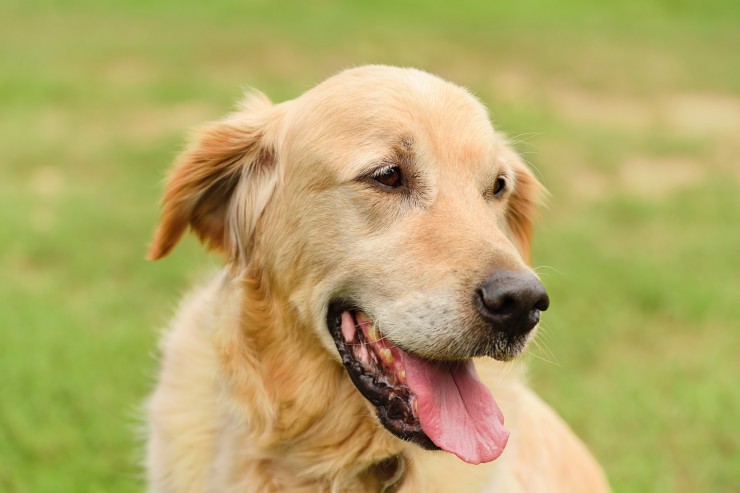 Six Subtle Symptoms Of Ill Health In The Dog That Are Easy To Miss
Six Subtle Symptoms Of Ill Health In The Dog That Are Easy To Miss
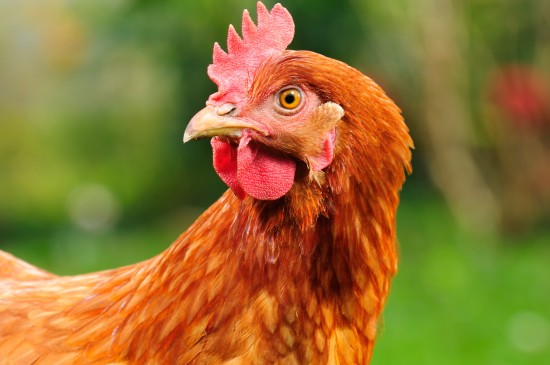 What To Do With Your Chickens When You Go On Holiday
What To Do With Your Chickens When You Go On Holiday
 Longevity, Health And Care Considerations For The Afghan Hound
Longevity, Health And Care Considerations For The Afghan Hound
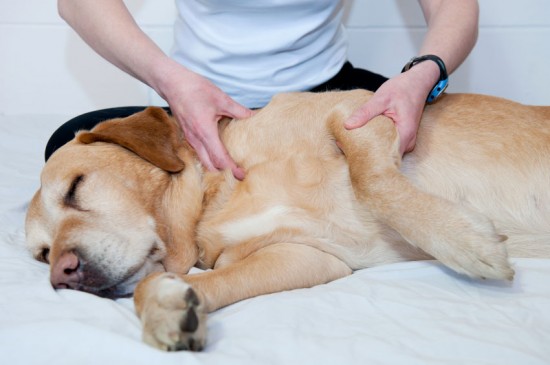 Holistic Therapies In Veterinary Medicine
Holistic Therapies In Veterinary Medicine
 How To Keep Turkeys So They Stay Healthy
How To Keep Turkeys So They Stay Healthy
 Do Cats Live Longer Than Dogs?
Do Cats Live Long
Do Cats Live Longer Than Dogs?
Do Cats Live Long
 Could Your Love Actually Be Harming Your Dog?
Could Your Love A
Could Your Love Actually Be Harming Your Dog?
Could Your Love A
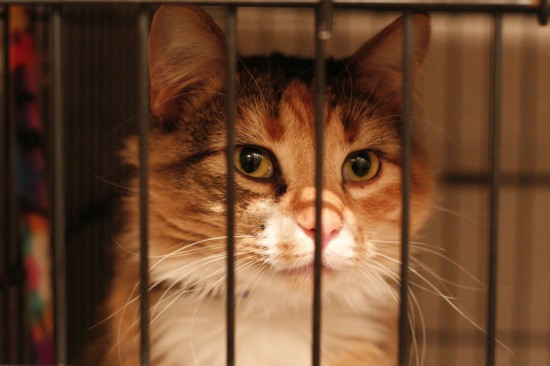 Adopting An Older Cat
Adopting An Older
Adopting An Older Cat
Adopting An Older
 Cat Food, Water, Bed And Litter Tray Locations And Considerations
Cat Food, Water,
Cat Food, Water, Bed And Litter Tray Locations And Considerations
Cat Food, Water,
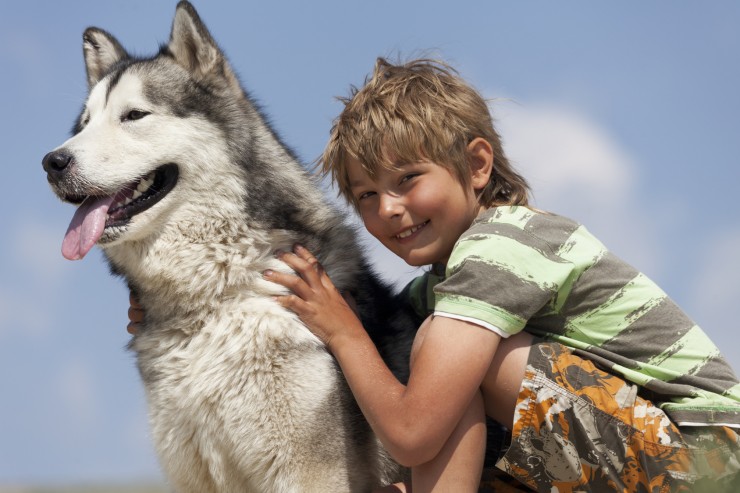 How To Deal With Your Children’s Reactions If Your Dog Goes Missing
How To Deal With
How To Deal With Your Children’s Reactions If Your Dog Goes Missing
How To Deal With
Copyright © 2005-2016 Pet Information All Rights Reserved
Contact us: www162date@outlook.com